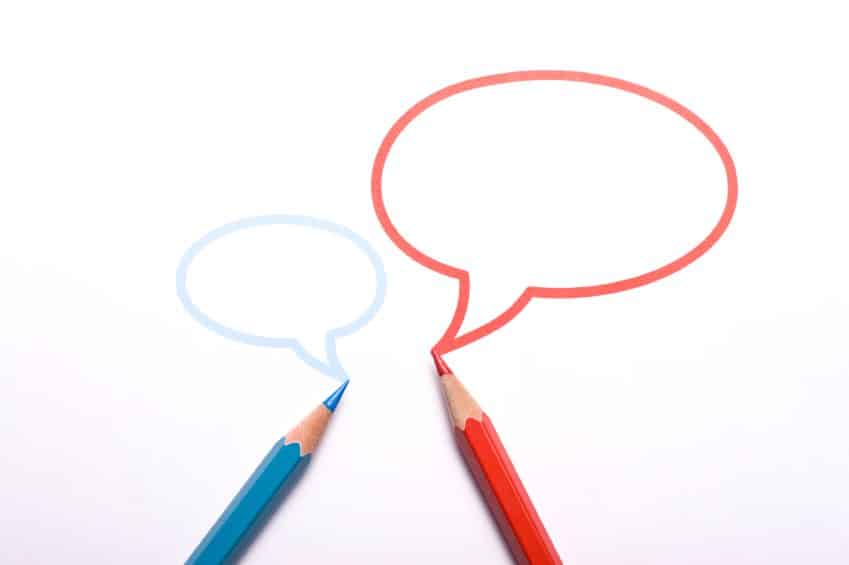Both are essential to running a successful business.
By Beate Chelette
Lots of talk these days about introverts and extroverts, generated by the bestselling book Quiet: The Power of the Introvert in a World That Can’t Stop Talking. Herself an introvert, author Susan Cain writes that introverts are “too often denigrated and frequently overlooked in a society that’s held in thrall to an extrovert Ideal–the belief that the ideal self is gregarious, alpha and comfortable in the spotlight.”
The truth is, it’s not an either-or situation. Every person has many different faces, and it is all too easy to forget that. I come across business owners all the time who wish they could create an army of Mini-Mes, a team of people who are all just like them. Yet the real power comes from having people on your team who are different because they can do jobs that you might not have an innate preference for.
Let’s dive into this deeper. Recently I became a Certified Practitioner of the MBTI Step I and Step II Instruments. MBTI is also known as Meyers Briggs psychological type theory. I asked my team to fill out the standard 93 questionnaire designed to measure innate type preferences in how people perceive the world and make decisions. I reassured my team it isn’t a test—it isn’t—and that there were no right or wrong answers. It’s simply an effective tool to help people build relationships—and teams– and to understand why differences arise at home and in the workplace. Most importantly though, with an understanding of each other’s strengths and weaknesses, team building becomes so much easier and effective.
We all have two different but complimentary sides of our nature, but with a preference for the outer world of activities, people, and being in the spotlight or the inner world of thoughts, interests, ideas, and imagination.
No surprises here, I’m an extrovert. I get energy from being out and about meeting people and I love speaking to large groups of people! As a professional career coach and founder of The Women’s Code, my extroversion helps me in spreading my message. And true to my type, I like following a systematic, logical process. With my innate preference to build these logical step-by-step systems, I have helped many women become very successful.
But back to introversion versus extroversion. Of course, I also see the great value that introverts have in business and in life. Where would be without these famous introverts? Vincent Van Gogh, Frederic Chopin, Mahatma Gandhi, Al Gore, Eleanor Roosevelt, J. K. Rowling, Steven Spielberg, and Steve Wozniak. Introversion simply means that they tend to have a preference to be energized from within, and in private.
Knowing more about how you—and others tick—can help to:
- Avoid and resolve conflicts
- Play to an individual’s strengths
- Identify gaps in the team
- Aid career development
- Work together more effectively
- Relate to each other with greater understanding
- Encourage team members to understand and appreciate different strengths
The MBTI results confirmed what I have always believed—every “type” has their place. One of my writers, Mary, for example, is doing the exact job she is best suited for given that she measured as an introvert with other traits of being curious, quick to see possibilities and intuitive. She likes to think about things before she goes into action. And she is “perceiving,” meaning she considers how something will impact other people. True to her type, she asked me right afterward if this assessment would allow people to still be individuals. (And the answer is, of course, yes.)
My executive photo assistant on the other hand is an extrovert. Michael is spontaneous, imaginative and loves to talk. He makes connections between things quickly and like me, he needs to understand how things work, which is why I sent him, not Mary, to a training class to learn a complicated computer software program. The thing is, I need them both in order to carry out different facets of my business.
Awareness of our differences, and the acceptance of them, is the first pillar of The Women’s Code, the foundation of which is: every woman must have the tools to find her own unique voice so that she can speak clearly and be heard. Support and collaboration comes next. (Remember, sisterhood—what happened to it?) Once we realize that all of us have a place, then we must support each other the way we are—flaws and all–to become the best version of ourselves, the best team, possible. That alone leads to meaningful collaboration.
During a recent girls night out, the introvert in the group, Mary, jumped up and declared that she loved to dance and spun around in my friend’s house. Her infectious and quiet enthusiasm got us all up and dancing. Who would have thought that our reflective introvert was kicking this party in high gear! It showed that our goal must be to embrace and celebrate our differences, so that we can find more meaningful touch points that build our energy and form a stronger whole. Just like a puzzle. Each piece, while unique, forms an integrated image.




